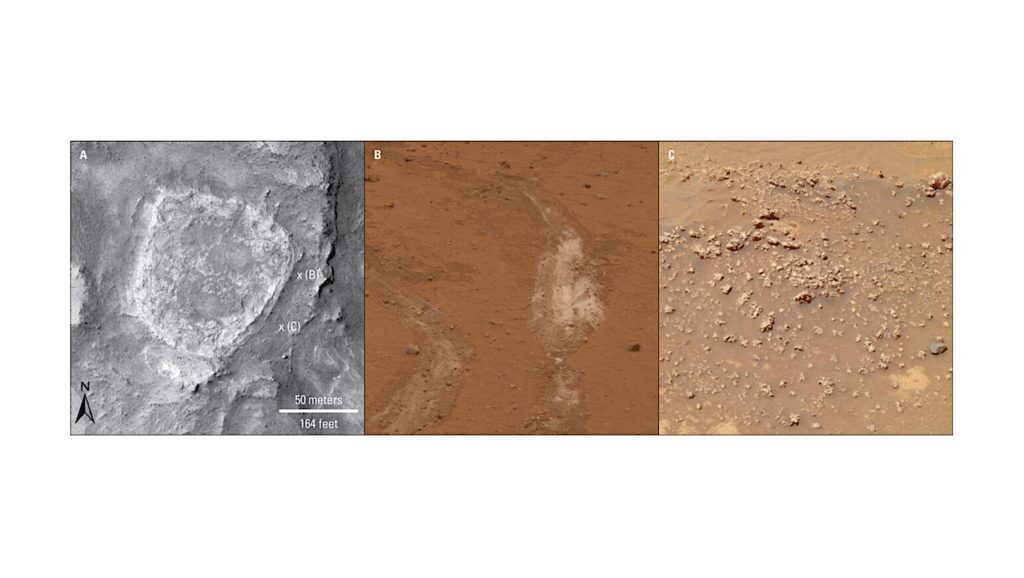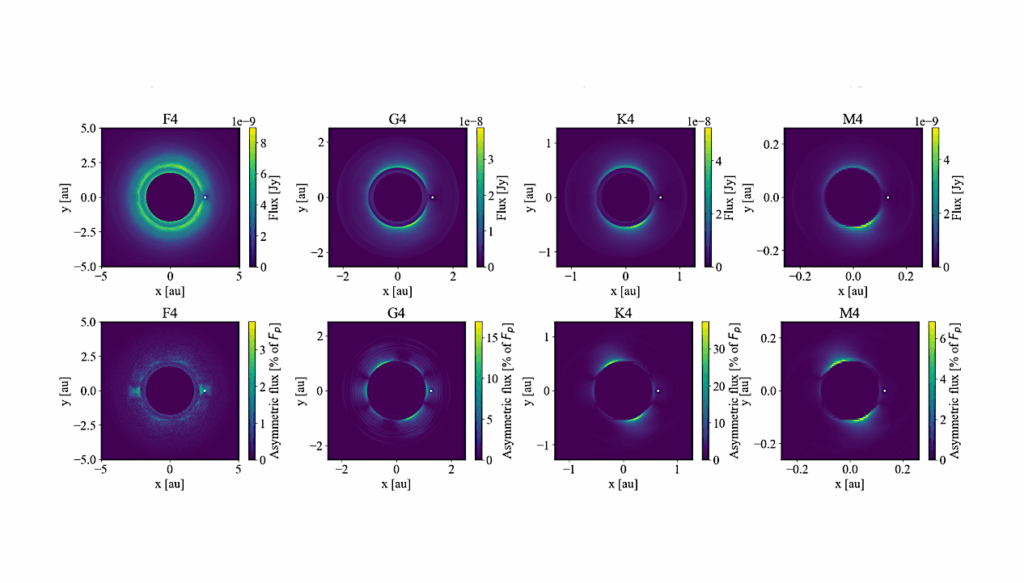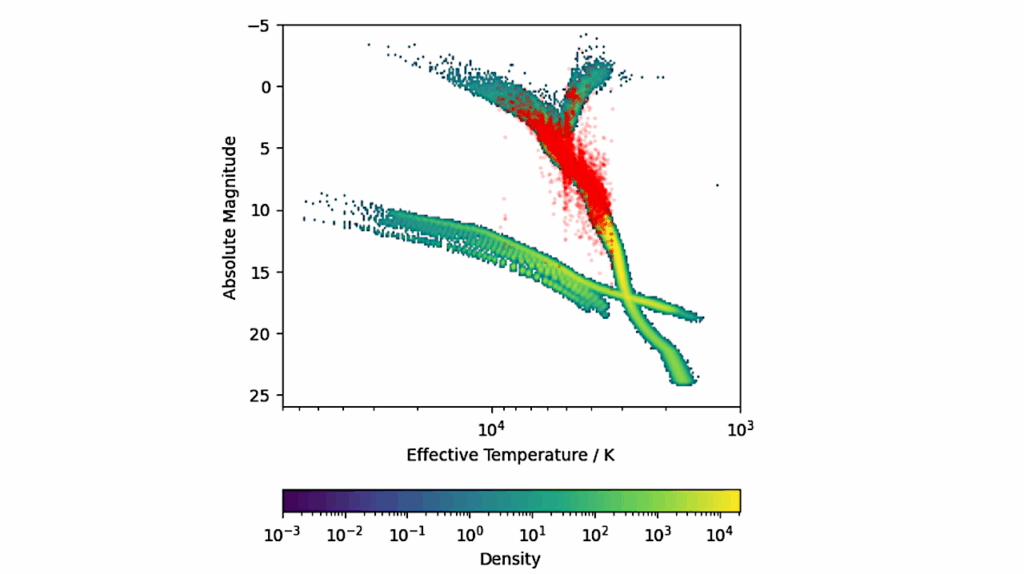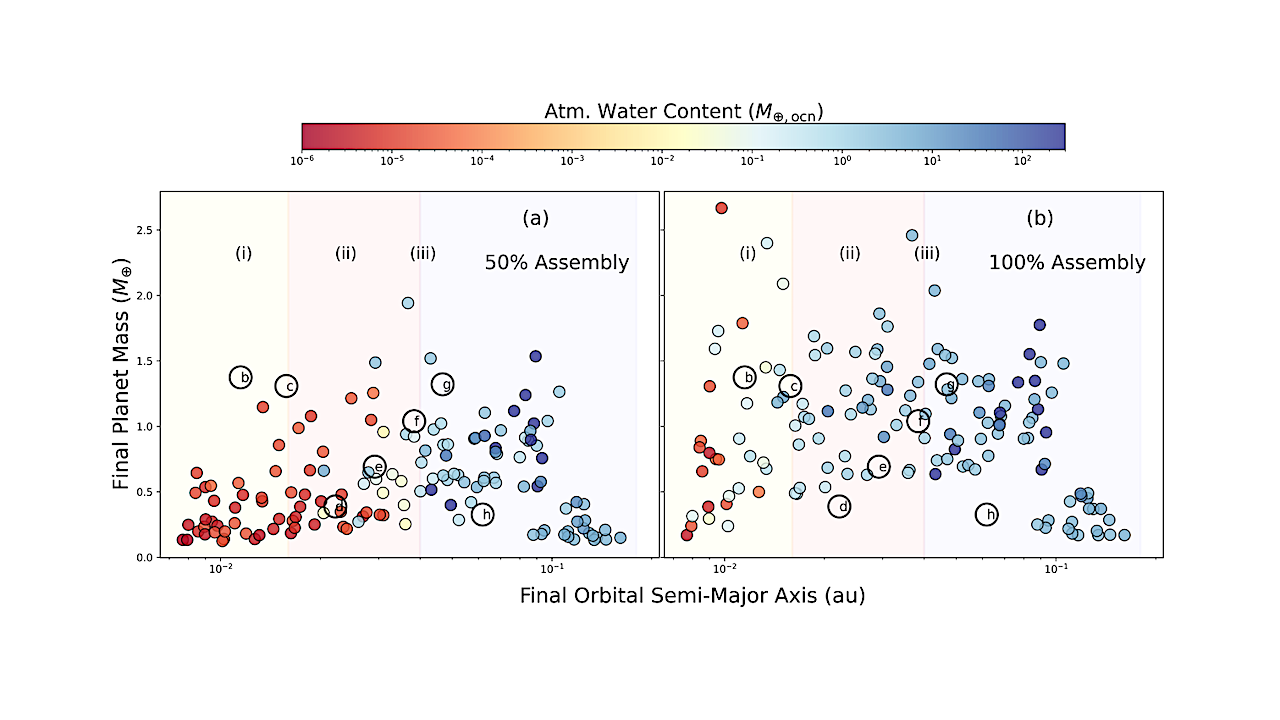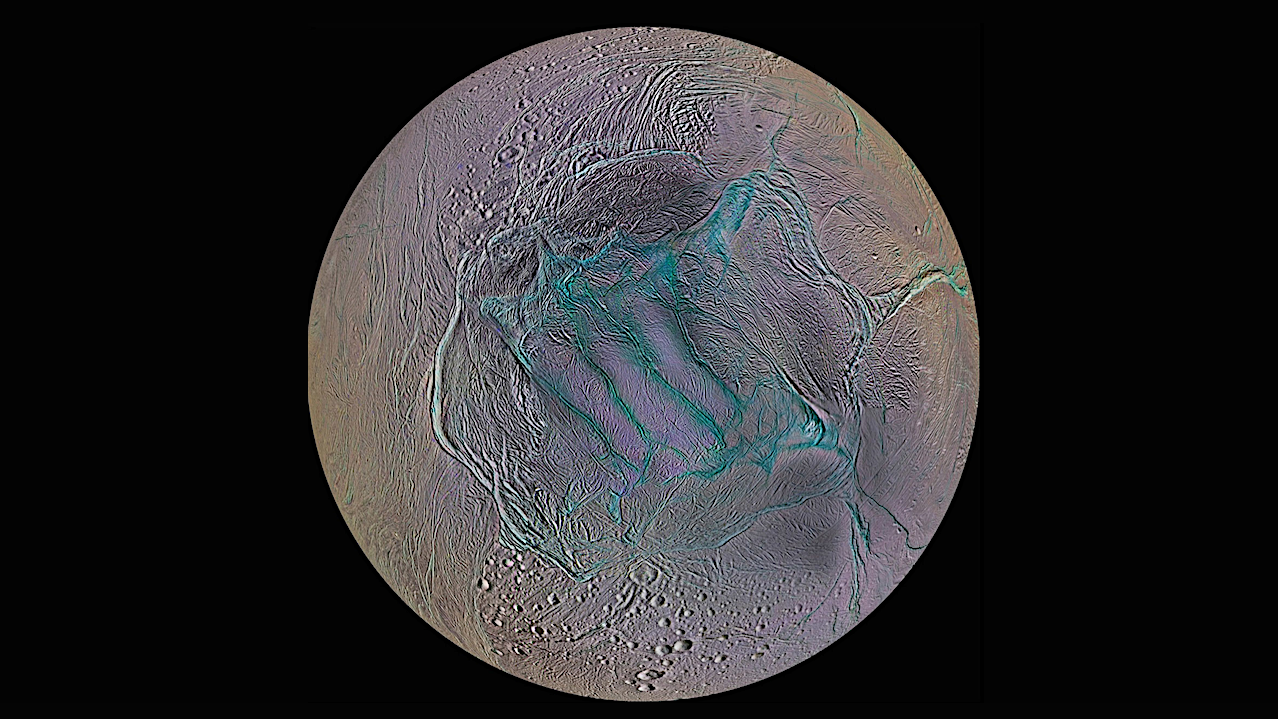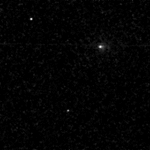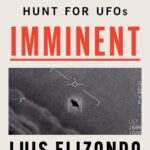Now Reading: Near The Runaway: The Climate And Habitability Of Teegarden’s Star b
-
01
Near The Runaway: The Climate And Habitability Of Teegarden’s Star b
Near The Runaway: The Climate And Habitability Of Teegarden’s Star b
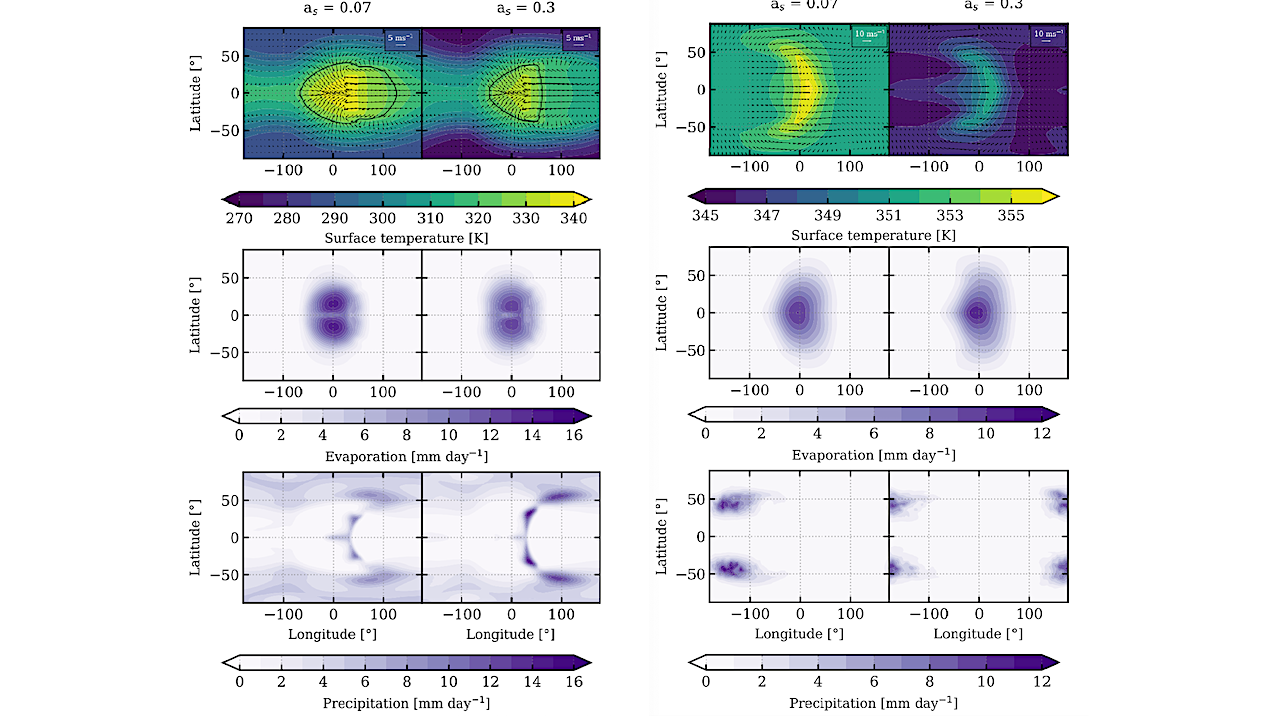

[L] Latitude-longitude maps of surface temperature overlaid with the wind field at the bottom layer, and surface precipitation. The black contours indicate where the surface temperature is 50◦ Celsius. [R] Latitude-longitude maps of surface temperature overlaid with the wind field at the bottom layer, and surface precipitation, for ISR = 1580 Wm−2 , which brings the climate to the onset of a runaway greenhouse effect. The minimum surface temperature between the two surface albedo cases is 345 K or 72◦C.Latitude-longitude maps of surface temperature overlaid with the wind field at the bottom layer, and surface precipitation, for ISR = 1580 Wm−2 , which brings the climate to the onset of a runaway greenhouse effect. The minimum surface temperature between the two surface albedo cases is 345 K or 72◦C. — astro-ph.EP
Teegarden’s Star b, a nearby terrestrial world receiving an Earth-like instellation, is a prime candidate for next-generation observatories targeting temperate exoplanets in their habitable zones.
We employ a suite of three-dimensional global climate model (GCM) simulations to (1) map the inner boundary of the habitable zone of Teegarden’s Star b and (2) characterize its surface climate under the assumption of an Earth-analog atmosphere.
Our simulations show that, with its most recently estimated instellation of 1481 Wm^-2, Teegarden’s Star b remains below the runaway greenhouse threshold for both low (as=0.07, ocean-dominated) and moderate (as=0.30, land-dominated) surface albedos.
However, a different estimate of 1565 Wm^-2 places it beyond the runaway threshold. The result that Teegarden’s Star b is habitable under the most recent instellation measurement reinforces its status as one of the most compelling targets for future habitability and biosignature searches.
Given the planet’s proximity to the runaway threshold, it would benefit from a comparative study done with other models using different parameterizations.
Ryan Boukrouche, Rodrigo Caballero, Neil Lewis
Subjects: Earth and Planetary Astrophysics (astro-ph.EP)
Cite as: arXiv:2510.11940 [astro-ph.EP] (or arXiv:2510.11940v1 [astro-ph.EP] for this version)
https://doi.org/10.48550/arXiv.2510.11940
Focus to learn more
Submission history
From: Ryan Boukrouche
[v1] Mon, 13 Oct 2025 21:04:54 UTC (871 KB)
https://arxiv.org/abs/2510.11940
Astrobiology,
Stay Informed With the Latest & Most Important News
-
 012024 in Review: Highlights from NASA in Silicon Valley
012024 in Review: Highlights from NASA in Silicon Valley -
 02Panasonic Leica Summilux DG 15mm f/1.7 ASPH review
02Panasonic Leica Summilux DG 15mm f/1.7 ASPH review -
 03How New NASA, India Earth Satellite NISAR Will See Earth
03How New NASA, India Earth Satellite NISAR Will See Earth -
 04And Thus Begins A New Year For Life On Earth
04And Thus Begins A New Year For Life On Earth -
 05Astronomy Activation Ambassadors: A New Era
05Astronomy Activation Ambassadors: A New Era -
06SpaceX launch surge helps set new global launch record in 2024
-
 07Space Force plans new ‘Futures Command’ amid pressure to speed up modernization
07Space Force plans new ‘Futures Command’ amid pressure to speed up modernization













